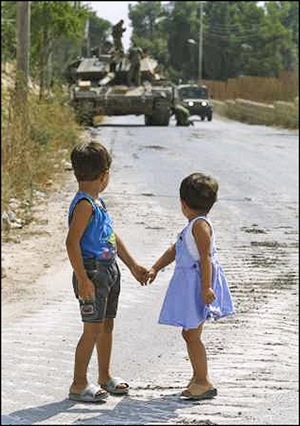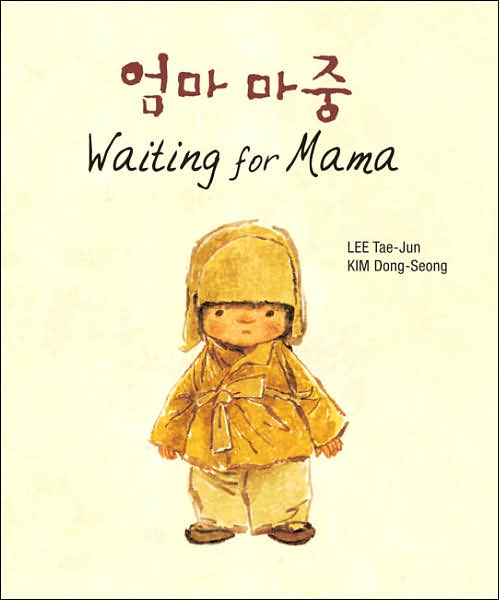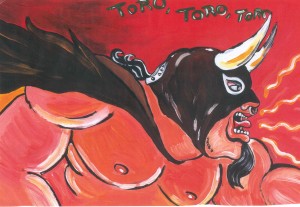by Barbara Thompson-Book, Indiana University Southeast, New Albany, IN
Welcome back to those of you who have been traveling with me around the world and exploring places we may never see ourselves, but can visit because of the wonderful writing and artwork of authors, illustrators, and photographers sharing their corner of the world. I’ve been pairing books with sources from the World Wide Web, as our world ever expands. To those of you who are just joining me on this adventure, welcome!
This week we are looking at books set in Africa. Keeping in mind Kathy Short’s post, I tried to make sure that the books shared here do not stereotype Africa as a world of poverty. I have to say, that this presented a challenge, first because there is, in fact, so much poverty in Africa, and second because authors have in many cases chosen to highlight the plight of African children. I will try to present a realistic view of Africa, although I have never personally been there. In looking for books to highlight I looked for stories that represented modern Africa or reflected some of the struggles that the African continent has undergone.
Continue reading





 Last month, Janine Schall interviewed children’s book writer and illustrator Xavier Garza, who publishes his books in English and in Spanish because he thinks children should be exposed to their first language or to a language other than their own. More and more publishing companies, particularly smaller, independent publishers, are publishing dual language books. This week, I’d like to examine bilingual books and the role they can play in the classroom. Next week, I’ll focus on some of the outstanding bilingual books that are being published by independent publishers.
Last month, Janine Schall interviewed children’s book writer and illustrator Xavier Garza, who publishes his books in English and in Spanish because he thinks children should be exposed to their first language or to a language other than their own. More and more publishing companies, particularly smaller, independent publishers, are publishing dual language books. This week, I’d like to examine bilingual books and the role they can play in the classroom. Next week, I’ll focus on some of the outstanding bilingual books that are being published by independent publishers.